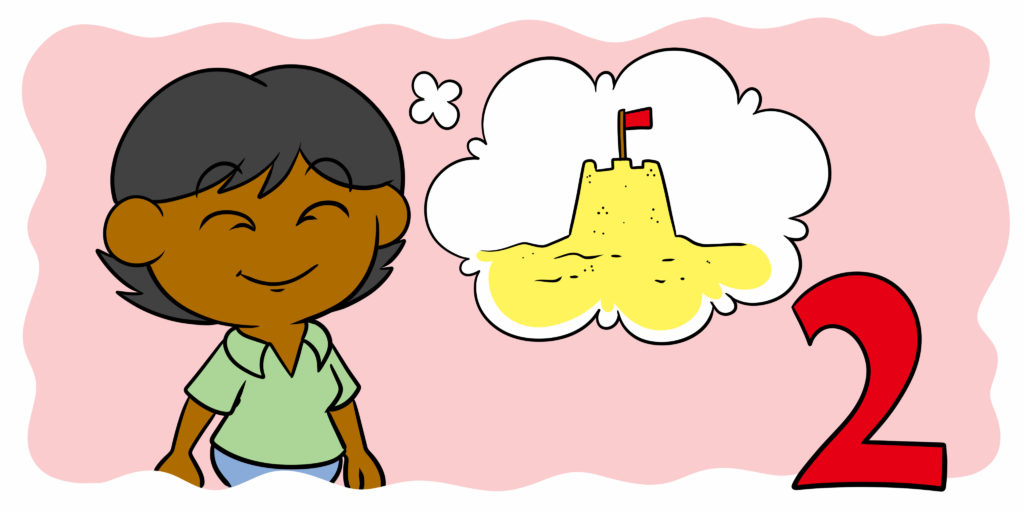Nature Knows and Psionic Success
God provides
How To Build A Memory Palace That Improves Your Writing – Part 2

Writing involves a great deal of reference to memory, whether you’re a non-fiction writer trying to keep track of vital dates, a fantasy author trying to hold a whole fictional history in your head, or a writer of literary fiction who needs to keep each character ‘real’ by knowing their entire life story. For authors, memory techniques aren’t just about making life a little easier (although that’s nice too.) Knowing the facts on which your work turns is different from just being able to look them up , and the easier it is to internalize information and allow it to mix and evolve, the better. Ideas clash, combine, and warp in your subconscious before you commit them to the page. Memorizing information rather than storing it in a notebook feeds this process. Click To Tweet If you’re only joining us for part 2, I recommend taking a few minutes to catch up on part 1 of this article, in which we explored image linking and how recurring images can be used to turn strings of numbers into memorable stories. If, however, you’re clear on those basic memory techniques, let’s move onto the next step: building ourselves a palace. The loci system While we already learned how to remember long strings of information, you’ll have noticed that this technique has a glaring weakness – if the chain breaks, it’s difficult to progress past the point where you got stuck. We patched that hole a little bit by adding markers at relevant points – images that allow you to quickly travel to a given entry in the list – but if we’re going to build a memory palace, we need a better system. In Tricks of the Mind , mentalist Derren Brown explains what he terms the ‘loci system:’ In its […]
Click here to view full article
